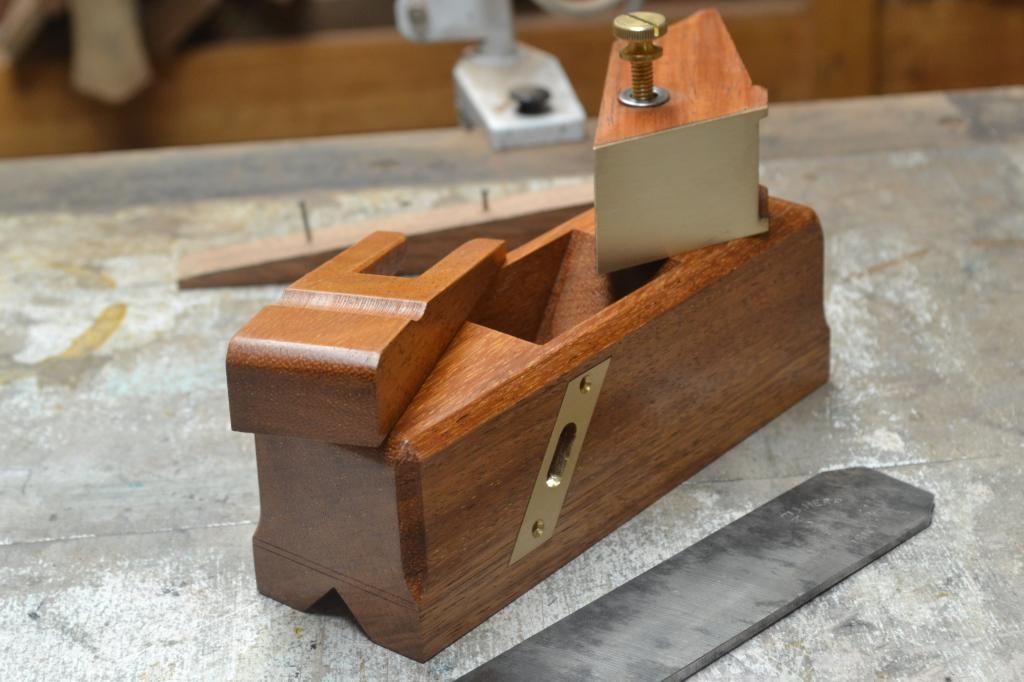swagman
Established Member
AndyT":2neav01e said:swagman":2neav01e said:I am quite happy to recess the brass plate, but the knurled adjuster is staying put. (hammer)
Stewie;
Fair enough! I reckon that this sort of discussion is something that a forum can do really well. It's better to know what the alternatives are, and be happy with your own design choice, than to look at the finished article and belatedly realise that you missed an option you would have preferred.
And there's plenty of room for all approaches. If I was making a tool, I would copy an existing design, where I can see that you like to experiment and innovate, as you have shown us with your saws.
But the last thing we need is design by committee!
Hi Andy. I greatly appreciate the personal feedback from the forum. Sometimes its difficult alone to come up with a design that's going to be ascetically pleasing to the majority of viewers.
I understand what your suggesting with copying an existing design. They indeed performed their intended task admirably. But to be fair, a majority of the earlier made boxed chamfer planes looked pretty ordinary from the underside, with the tines of the wedge poking through and gaps exceeding their own requirements.
I personally think what I have put together with this design is a visual improvement to what was considered acceptable in much earlier times. No disrespect intended.
regards Stewie;


































